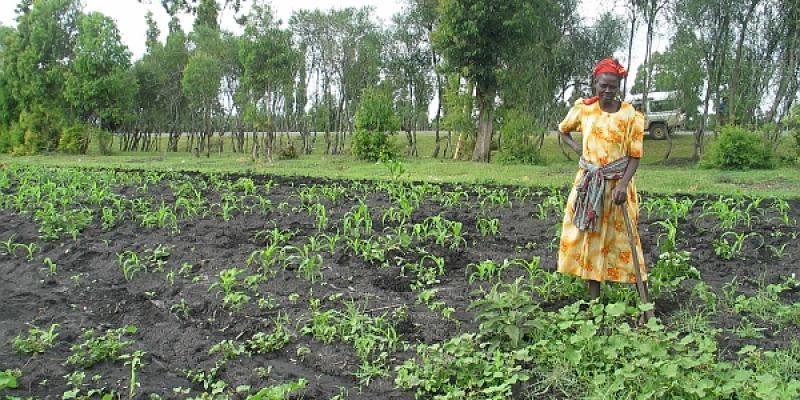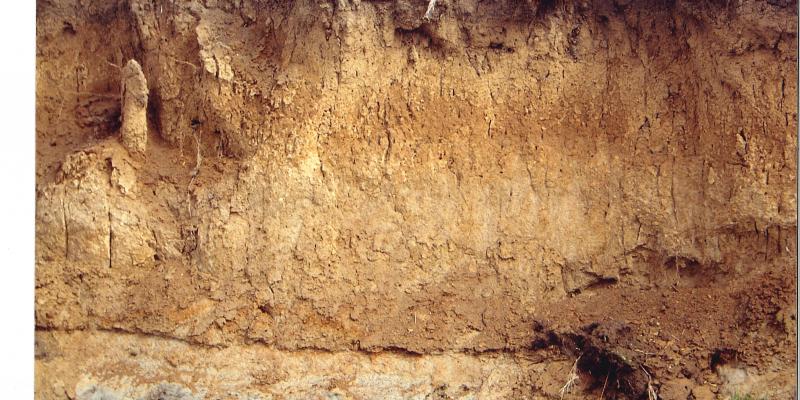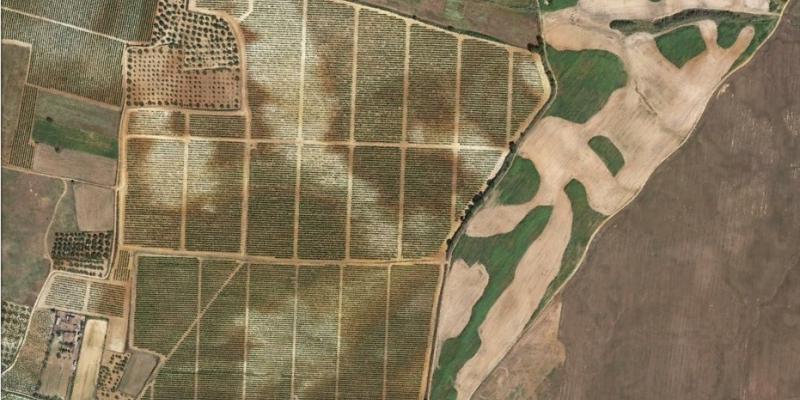
Soil is the natural resource at the surface of the Earth crust where climate (atmosphere), rocks (lithosphere), water (hydrosphere), and life (biosphere) meet. Soils consist mainly of particles of minerals and rocks, and organic matter. In certain (wet) conditions soils may dominantly be composed of organic debris.

Soil is our life support system. Soils provide anchorage for roots, hold water and nutrients. Soils are home to myriad micro-organisms that fix nitrogen and decompose organic matter, and armies of microscopic animals as well as earthworms and termites. We build on soil as well as with it and in it.

Soil are not stable, they continue to change over time. We can say that soils go through development phases. Some soils may be considered ‘young’ and other soils may be regarded ‘old’.

There is an enormous variation of soils around the world; from the deep and black soil from the Russian steppe to the puddled rice soil from the Philippines. The variation of soils and their properties is the result of biological, physical and chemical processes that occur in the Earth's crust over time.
Are there soils in danger of going extinct? Yes, there are. The natural soils of the highland grass steppe, the Chernozems, for example, are rapidly changing due to agricultural management. By and large, only in some nature reserves these soils may still be found in their natural state.